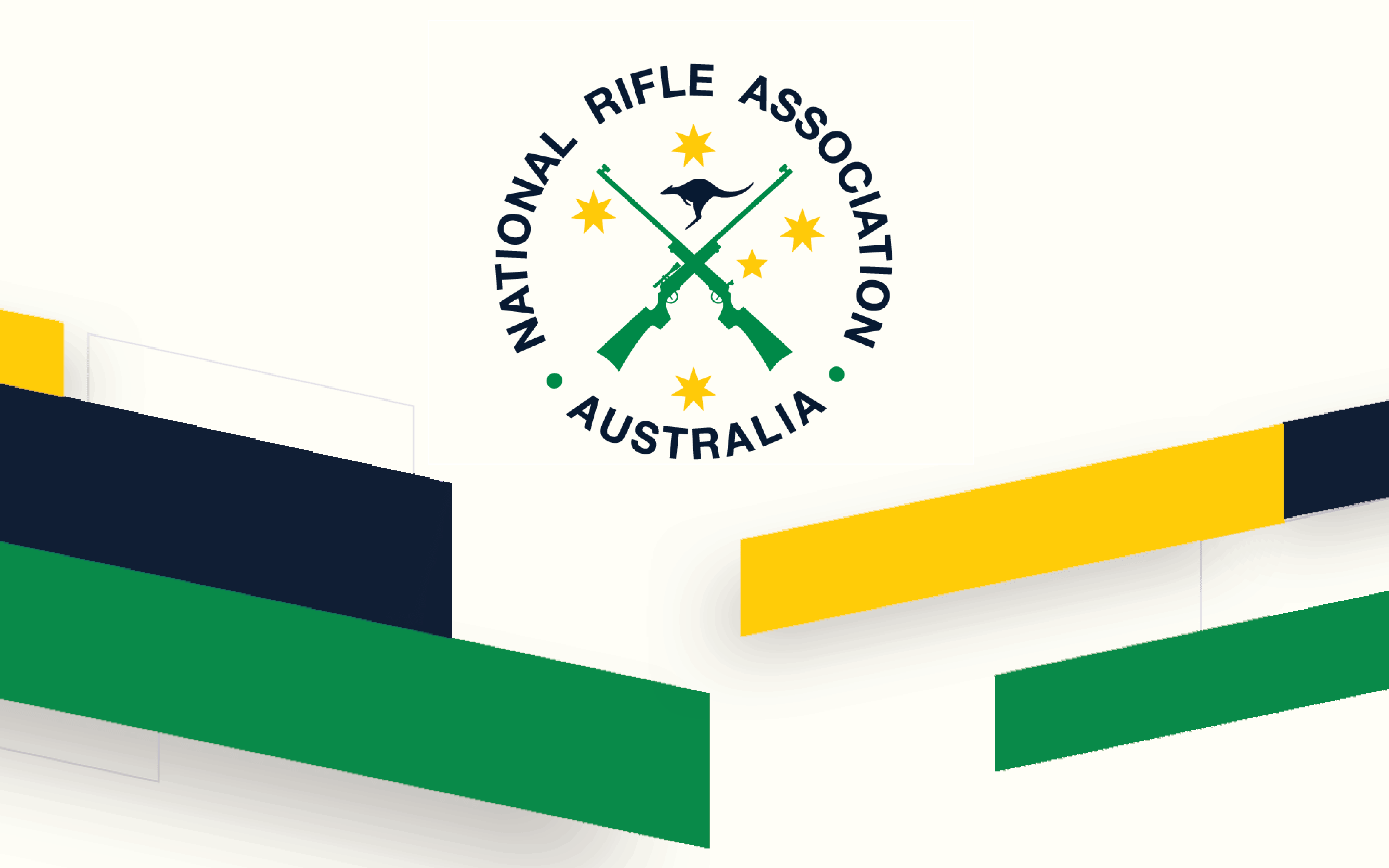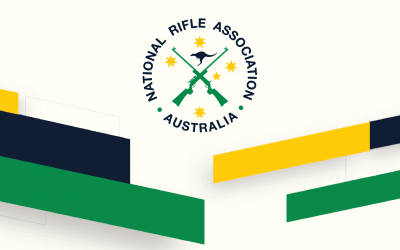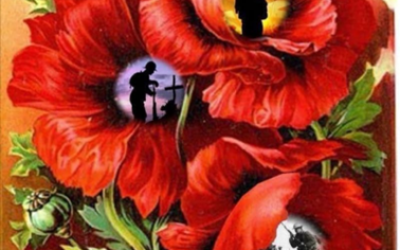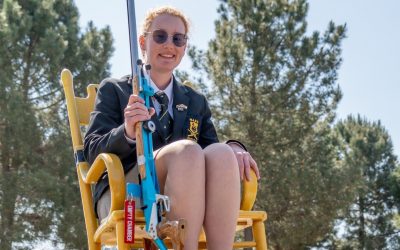An Australian Rifle team was sent to Bisley in 1937 containing some notable shots in the form of Pat Lee, Hilton James, and Percey Pavey.
The full team was: Col. Sir Charles Merrett (Vic.) as Commandant, Mr W. G. Duncan (Qld.), as Shooting Captain: Mr A. S. Spencer (N.S.W.) , as Adjutant. The Shooting members were P. Lee (N.S.W.), H. G. James (NS.W.), H. L Motton (N.S.W.), P. A. Pavey (Vic.), C. H. Mues (Vic.), A. R. Aikenhead (Vic), P. G. Matthews (Qld.), C. E. Armstrong (Qld.), W. P. Collyer (SA.), W. Lucas, jun. (S.A.), E. G. Blurton (WA), W. Mellows (WA.), P. M. Gillies (Tas.).
West Australian R.E. Wallace as first emergency was invited to step in for E.G. Blurton who had withdrawn from the team.
This team was quite successful winning the McKinnon and the Empire match while placing 3rd in the Kolapore. Overall, Clarrie Armstrong was the best performer in the team events followed by Pat Lee and Percy Pavey.
The cost of sending a team to Bisley was estimated at £4500 to £5000 with the Federal Government expected to contribute after it had knowledge of other monies made available.
In the event, a supporter, John Woolcott-Forbes came forward with a donation of £5000 to cover the team’s trip. Woolcott-Forbes had previously donated prize money to NSW and Victorian matches in their Kings Prizes.
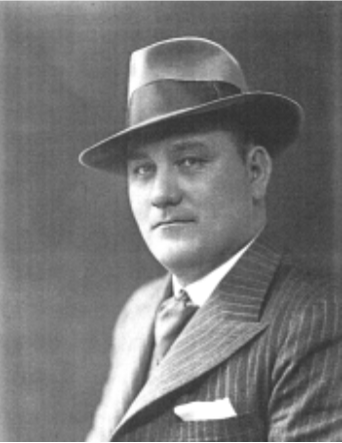
The story of John Woolcott-Forbes is a strange one and the absolute truth may never be known. Born Benvenuto Louis Brandi in around 1903, he changed his name to John Woolcott-Forbes when he arrived in Sydney and began setting up in business as a stockbroker. Oddly, when known earlier in life he was described as a Jackeroo working in North Western Australia.
As a financier he conspired to defraud shareholders and other individuals through a number of questionable activities. In 1939 when facing charges, Woolcott-Forbes boarded a ship for London but was arrested in transit at Bombay where he was given bail to then abscond again and be followed through Paris, Canada, Mexico and New York before being arrested in Mexico and returned to Australia. After appearing in court in 1944 he was sentenced to 5 years in Long Bay Gaol and released in 1947, and returned to business in a less reckless way.
He was twice married and living in Rose Bay when he died in 1985.
Sources: NLA Trove Newspapers
Ku-ring-gai Historical Society Inc, Monthly Newsletter, March 2010.

